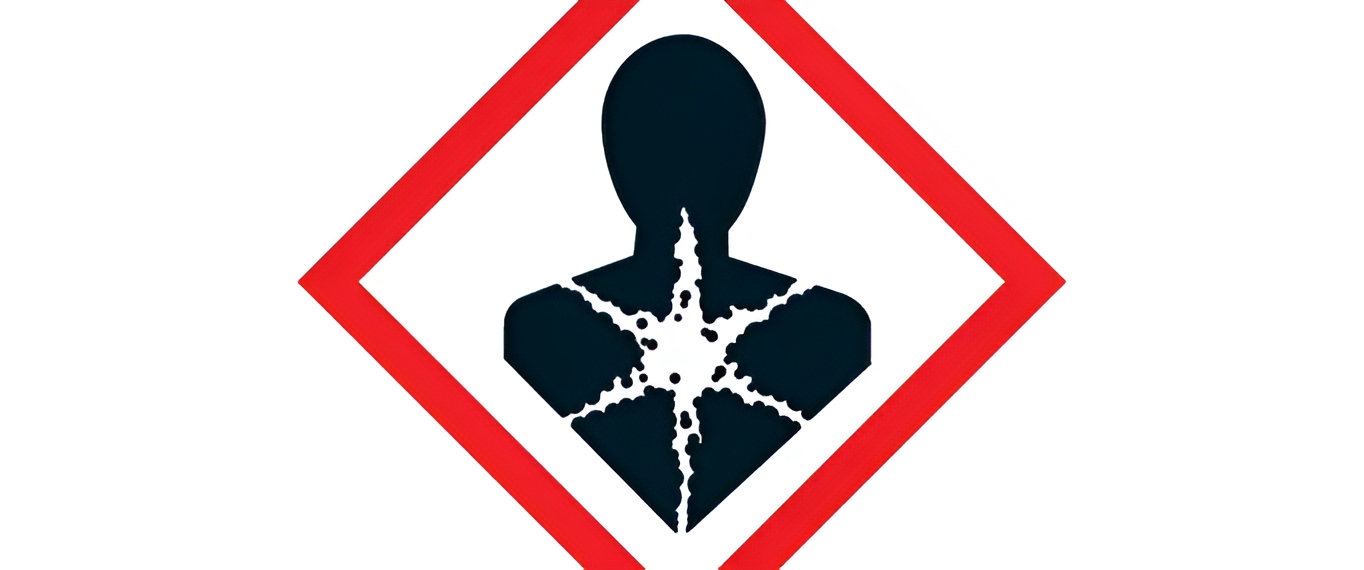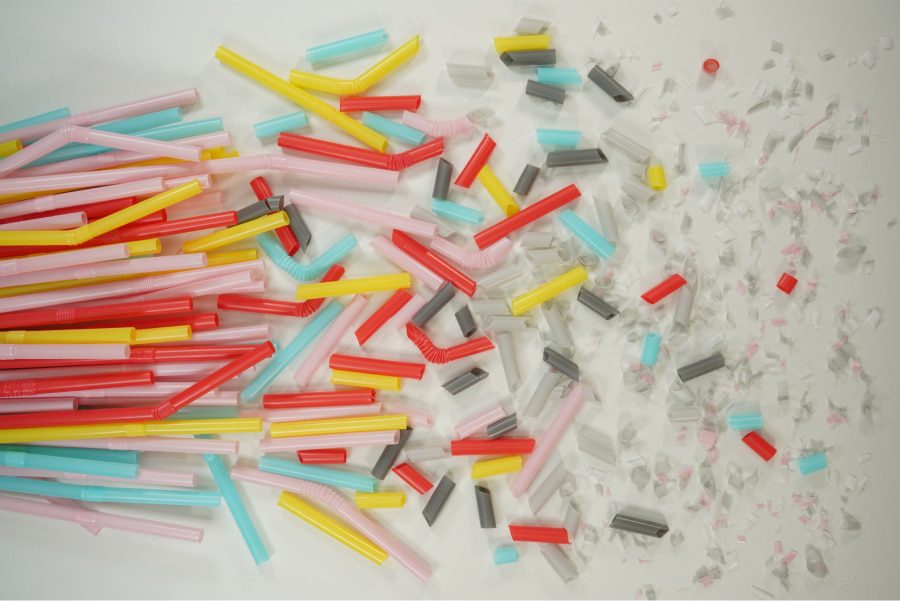What You Need to Know About IFRA Standards in Cosmetics
IFRA standards (International Fragrance Association) provide safety guidelines for fragrance ingredients used in cosmetic products. They help ensure your formulations are safe for consumers and compliant with EU and UK regulations, including the Cosmetics Regulation (EC) 1223/2009.
If you manufacture, import, or sell cosmetics with fragrances in the UK or EU, you must comply with IFRA standards. These standards define safe usage levels for fragrance ingredients to minimise risks such as skin sensitisation, allergic reactions, or other adverse effects.
In this guide, we explain what IFRA standards are, how they classify fragrance ingredients, the latest updates, and how to ensure compliance in your products.
What Role do Fragrances and Essential Oils Play in Cosmetics?
What is a Fragrance in Cosmetic Products?
A fragrance is a blend of volatile substances and essential oils, both natural and synthetic, which create a unique aroma. These fragrances can be added to various cosmetic products, from perfumes to moisturising creams.
What Are Essential Oils and How Are They Used in Cosmetics?

Essential oils are volatile oils extracted primarily from plants (leaves, flowers, bark, etc.). They can be used pure, as in aromatherapy, or in small quantities as perfuming or active ingredients in cosmetic products.
Fragrances, essential oils, and other plant extracts often contain skin-sensitising substances. Therefore, they should be used cautiously as ingredients in cosmetic products.
What is IFRA and Why Does it Matter for Cosmetic Safety?
IFRA stands for International Fragrance Association. It is an international entity that ensures the safe use of fragrances and essential oils as raw materials. They have established a series of standards, the IFRA Standards, through which they promote the safe use of fragrances and essential oils.
How do IFRA Standards Ensure Safe Use of Fragrances and Essential Oils?

Over the years, IFRA has identified and built a database of natural and synthetic substances with the potential to be harmful to humans due to their skin-sensitising nature.
They have been monitoring and assessing the safety of these substances through the Research Institute for Fragrance Materials (RIFM), which gathers scientific data regarding the hazard potential of substances.
Based on the results, scientific evidence, and consumer feedback, the IFRA has established rules of use. These rules prohibit, limit, and/or establish purity specifications for these substances to ensure consumer safety.
To establish these rules, IFRA considered the different types of exposure that consumers may have to these substances and defined various categories according to the type of product. For each category, limits of use were established based on the composition of each fragrance or essential oil and the amount of skin-sensitising substances.
The RIFM continues to study substances with sensitising potential, and more information becomes available over time. This ongoing research leads to constant updates of IFRA standards.
Each time RIFM identifies and communicates a new concern about the safe use of a substance, IFRA issues a new standard. These standards are updated in the form of amendments, with the current amendment being the 51st Amendment.
IFRA Categories according to the 51st Amendment
IFRA Category | Type of Product |
|---|---|
| Category 1 | Leave on products generally applied to lips. – Lip products of all types (solid and liquid lipsticks, balms, clear or coloured, etc.). – Children’s toys. |
| Category 2 | Leave on products generally applied to axillae. – Deodorant and antiperspirant products of all types including any product with intended or reasonably foreseeable use on the axillae or labelled as such (spray, stick, roll-on, under-arm, deocologne, etc.). – Body sprays (including body mist) |
| Category 3 | Products generally applied to the face using fingertips. – Eye products of all types (eye shadow, mascara, eyeliner, eye make-up, eye masks, eye pillows, etc.) including eye care and moisturiser – Facial makeup and foundation – Make-up remover for face and eyes – Nose pore strips – Wipes or refreshing tissues for face, neck, hands, body – Body and face paint (for children and adults) – Facial masks for face and around the eyes |
| Category 4 | Fragrancing products generally applied to neck, face and wrists. – Hydroalcoholic and non-hydroalcoholic fine fragrance of all types (Eau de Toilette, Parfum, Cologne, solid perfume, fragrancing cream, etc.), aftershaves of all types (except creams and balms) – Fragranced bracelets – Ingredients of perfume kits and fragrance mixtures for cosmetic kits – Scent pads, foil packs – Scent strips for hydroalcoholic products |
| Category 5A | Leave on products applied to the face and body using the hands (palms). – Body creams, oils, lotions of all types – Products that contain UV filters are not listed separately and are included in the major product type (e.g., lip creams containing sunscreen are included in the lip products category). – Foot care products (creams and powders) – Insect repellent (intended to be applied to the skin) – All powders and talc (excluding baby powders and talc) |
| Category 5B | Leave on products applied to the face and body using the hands (palms). – Facial toner – Facial moisturisers and creams (including care products for beard and moustache) |
| Category 5C | Leave on products applied to the face and body using the hands (palms). – Hand cream – Nail care products including cuticle creams, nail lacquer remover, etc. – Hand sanitizers |
| Category 5D | Leave on products applied to the face and body using the hands (palms). – Baby cream/lotion, baby oil, baby powders and talc |
| Category 6 | Products with lip and oral exposure. – Toothpaste – Mouthwash, including breath sprays – Toothpowder, strips, mouthwash tablets |
| Category 7A | Products applied to hair with hand contact. – Hair permanent or other hair chemical treatments (rinse-off) (e.g., relaxers), including rinse-off hair dyes |
| Category 7B | Products applied to hair with hand contact. – Hair sprays of all types (pumps, aerosol sprays, etc.) – Hair styling aids non-sprays (mousse, gels, leave-on conditioners) – Hair permanent or other hair chemical treatments (leave-on) (e.g., relaxers), including leave-on hair dyes – Shampoo – Dry (waterless shampoo) – Hair deodorizer, hair perfume (exclusively for hair) |
| Category 8 | Products with significant anogenital exposure. – Intimate wipes – Intimate deodorant spray – Tampons – Baby wipes – Toilet paper (wet) |
| Category 9 | Rinse off products with body and hand exposure. – Bar soap – Shampoo of all types – Cleanser for face (rinse-off) – Conditioner (rinse-off) – Liquid soap – Body washes and shower gels of all types – Baby wash, bath, shampoo – Bath gels, foams, mousses, salts, oils and other products added to bathwater (such as bath bombs) – Foot care products (feet are placed in a bath for soaking) – Shaving creams of all types (stick, gels, foams, etc.) – All depilatories (including facial) and waxes for mechanical hair removal – Shampoos for pets |
| Category 10A | Household care products with mostly hand contact. – Hand wash laundry detergent (including concentrates) – Laundry pre-treatment of all types (e.g. paste, sprays, sticks) – Hand dishwashing detergent (including concentrates) – Hard surface cleaners of all types (bathroom and kitchen cleansers, furniture polish, etc.) – Machine laundry detergents with skin contact (e.g., liquids, powders) including concentrates – Toilet seat wipes – Fabric softeners of all types excluding fabric softener sheets – Household cleaning products, other types including fabric cleaners, soft surface cleaners, carpet cleaners, furniture polishes sprays and wipes, leather cleaning wipes, stain removers, fabric enhancing sprays, treatment products for textiles (e.g., starch sprays, fabric treated with fragrances after wash, deodorizers for textiles or fabrics) – Floor wax – Fragranced oil for lamp ring, reed diffusers, pot-pourri, liquid refills for air fresheners (non-cartridge systems), etc. – Ironing water (Odorized distilled water) – Dry cleaning kits (involving manual application on the textile) |
| Category 10B | Household care products with mostly hand contact. – Animal sprays – sprays applied to animals of all types – Air freshener sprays, manual, including aerosol and pump – Aerosol/spray insecticides |
| Category 11A | Products with intended skin contact but minimal transfer of fragrance to skin from inert substrate. – Feminine hygiene conventional pads, liners, interlabial pads – Baby diapers – Incontinence pant, pad – Toilet paper (dry) |
| Category 11B | Products with intended skin contact but minimal transfer of fragrance to skin from inert substrate. – Tights with moisturisers – Scented socks, gloves – Facial tissues (dry tissues) – Napkins – Pillow spray – Paper towels – Wheat bags – Facial masks (paper/protective) e.g., surgical masks not used as medical device – Fertilisers, solid (pellet or powder) |
| Category 12 | Products not intended for direct skin contact, minimal or insignificant transfer to skin. – Candles of all types (including encased) – Laundry detergents for machine wash with minimal skin contact (e.g. Liquid tabs, pods) – Automated air fresheners and fragrancing of all types (concentrated aerosol with metered doses (range 0.05-0.5mL/spray), plug-ins, closed systems, solid substrate, membrane delivery, electrical, powders, fragrancing sachets, incense, liquid refills (cartridge), air freshening crystals, solid non-aerosol car diffuser) – Air delivery systems – Cat litter – Cell phone cases – Deodorizers/maskers not intended for skin contact (e.g., fabric drying machine deodorizers, carpet powders) – Dry cleaning kits (placed in the dryer) – Dryer sheets and fabric softener sheets – Fuels – Insecticides (e.g., mosquito coil, paper, electrical, for clothing) excluding aerosols/sprays – Joss sticks or incense sticks – Dishwash detergent and deodorizers – for machine wash – Olfactive board games – Paints – Plastic articles (excluding toys) – Scratch and sniff – Scent pack – Scent delivery system (using dry air technology) – Shoe polishes – Rim blocks (toilet) – Toilet gel – Scent beads |
When formulating cosmetic products with fragrances, essential oils, or other plant extracts, it is essential to adhere to IFRA standards. Request an IFRA certificate from the raw material supplier, detailing the maximum allowable quantities for the product you are developing. Ensure that the IFRA certificate is based on the current amendment.
While the European cosmetics regulation does not directly mention IFRA standards, compliance with these standards is crucial during a safety assessment of a cosmetic product. Make sure to read next our article on regulatory compliance for cosmetic products.
Ensuring that fragrances and essential oils meet IFRA standards is key to declaring the product safe. Additionally, non-compliance with IFRA standards may lead to consumer complaints related to allergic reactions, negatively affecting the cosmetic product and brand.
This is why at Taobé, we always consider this information to be very important.
If you are interested in further information on the topic of essential oil regulation in the EU, our detailed guide on essential oil regulations is an excellent resource. This guide covers specific regulations, compliance requirements, and their implications for manufacturers and consumers.
Updates on Preparations for the 52nd Amendment to the IFRA Standards
With updates occurring approximately every three years, preparations for the 52nd Amendment to the IFRA standards are now underway. Consultations are expected to begin by late 2025.
Key Takeaways on IFRA Standards in Cosmetics
- IFRA standards provide safety limits and restrictions for fragrance ingredients in cosmetics.
- Compliance ensures consumer safety and adherence to EU/UK regulations.
- Fragrance ingredients are classified as prohibited, restricted, or specification-based.
- Updates are published regularly, reflecting new scientific research and risk assessments.
- Following IFRA standards reduces risk of adverse reactions, recalls, or regulatory action.
Frequently Asked Questions About IFRA Standards in Cosmetics
What are IFRA standards in cosmetics?
IFRA (International Fragrance Association) standards are guidelines for the safe use of fragrance ingredients in cosmetic products, including limits, restrictions, and bans.
Why are IFRA standards important for cosmetic products?
IFRA standards help manufacturers minimise risks like skin sensitisation and allergic reactions, ensuring products are safe and compliant with regulations.
How do IFRA standards classify fragrance ingredients?
Ingredients are classified as prohibited (cannot be used), restricted (allowed within limits), or specification (must meet purity criteria).
How often are IFRA standards updated?
Standards are regularly updated based on new scientific data and safety assessments. The latest update is the 51st Amendment.
Who is responsible for complying with IFRA standards?
Compliance is mandatory for IFRA members and recommended for all manufacturers to ensure product safety and regulatory compliance.
Where can I access the IFRA standards?
The IFRA Standards Library provides a searchable database of all standards, classifications, and restrictions for fragrance ingredients.
Can IFRA standards impact product formulation?
Yes, brands may need to adjust ingredient levels or substitute fragrances to comply with IFRA limits, ensuring safe formulations.



